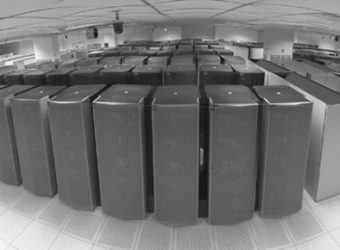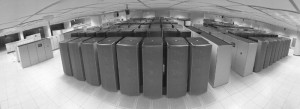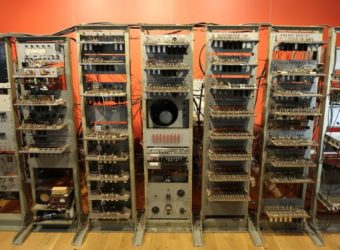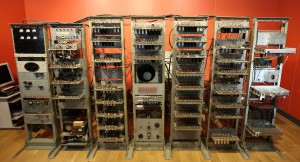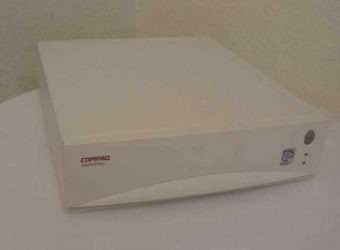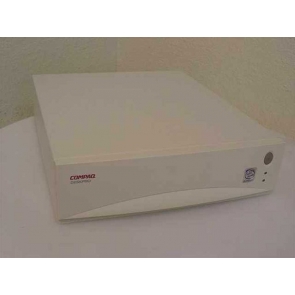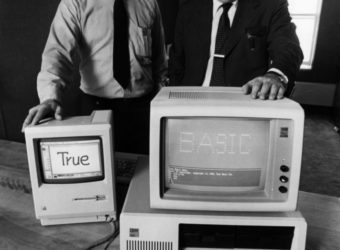July 1, 2011: HP TouchPad, 2000: Trillian, IM2 Released
Subscribe! Spotify | RSS | More

2011 – HP announced the TouchPad, their entry into the tablet market. Using the WebOS software they purchased from Palm back in 2010, the TouchPad introduced some new features, including the ability to sync with the upcoming Pre3 phone by touching the two together. However, the tablet was squashed in September by then CEO Leo Apetheker.
Since then, HP abandoned WebOS, making it open source. They have put out another tablet in early 2013 using the Android software.

Subscribe to Day In Tech History:
RSS Feed - iTunes - Android - Spotify - iHeartRadio
Facebook -
- RSS Bandwidth by Cachefly Get a 14 Day Trial
- Join me on Patreon and support Day in Tech History
2000 – Remember the days of the Instant Messenger? Yahoo IM or Microsoft Messenger, ICQ, AIM and many more. In 2000, a company called Trillian tried to capitalize on the market by making a IM client that could connect to all of these instant messengers. Only problem is that Yahoo! and Microsoft didn’t want to allow this to happen. They tried to block the software. However, new patches were installed and Trillian was able to access the messengers again.
Trillian (www.trillian.im) is still in existance to this day. You can download for your Mac, PC, Android, iPhone, Blackberry, and more!
Funny thing, in 2004, Microsoft put out a multiple – IM software called IM2.
- FORTRAN is released
- BASIC ships
- The first X-Ray photograph
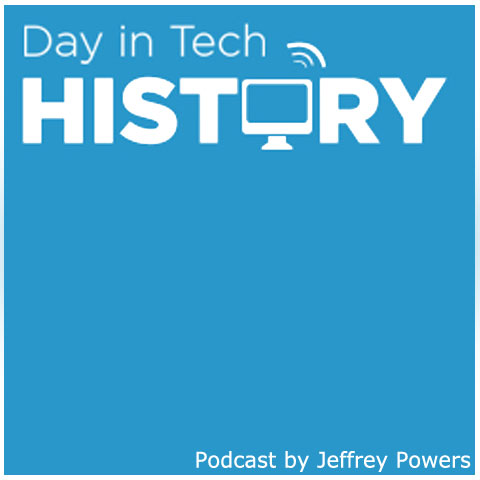
![trillian[1] Trillian](https://dayintechhistory.com/wp-content/uploads/2013/06/trillian1-340x250.jpg)

